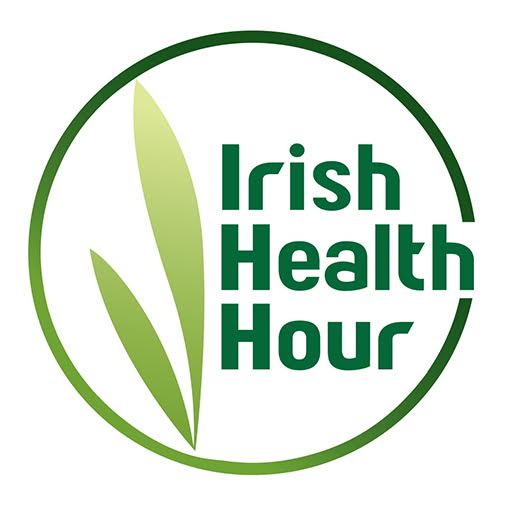Hidden Health Hazards in Your Home That You Should Know About
Guest blog post by Lucas Bergman. Lucas is a real estate agent and renewable energy consultant with many hobbies and passions, but above all, he enjoys the most spending time with his wife – Mara. He also likes Lord of the Rings. He, actually, very much likes Lord of the Rings. He is a regular contributor at smoothdecorator.com
Even though our home is our safe haven, it can also pose risk to our health. Apart from obvious health hazards such as gas leaks, electric shock, smoke and fires, there is an abundance of hidden health risks that we need to recognize and prevent.
Air fresheners
While relaxing in a bathtub surrounded by a romantic arrangement of scented candles sounds just the thing you need after a hard and stressful day, it seems that the benefits of aromatic candles don’t always outweigh the risks. Burned indoors, scented candles can have negative effect on our health, says this report from the U.S. Environmental Protection Agency (EPA), while incense smoke releases benzene and other toxic substances. The only solution to candle-lovers is to switch to all-natural vegetable wax candles which have no toxic side effects.
House dust
Already notorious for its habit to get everywhere, behind beds and sofas, under kitchen appliances and on top of the highest shelves, dust holds more dangers than just dead skin particles and mites. A study covered by Medical News Today, has revealed that house dust is bristling with toxic chemicals – residues from harsh cleaning products we use in our homes. As the cleaning products evaporate, the chemicals settle with dust and pose an inhalable health hazard, especially to small children who spend a lot of time on the floor. A solution to this problem is to replace toxic cleaning products with environmentally-friendly alternatives.
Asbestos fibres
The dense crystalline fibrous structure of this mineral found many applications in homes, wherever good insulation was needed, such as floor tiles, wall siding, roof elements, even plumbing. I took almost a whole century to discover that when disturbed and airborne, those micro-fibres can cause serious respiratory problems such as mesothelioma and several types of lung cancer. The exposure risk increases during renovations and adaptations, where walls, floors and pipe junctions containing asbestos are torn apart. The only safe course of action is to hire experts for asbestos removal, who will also undertake asbestos air monitoring to make sure no free particles remain airborne.
Carbon monoxide (CO)
While moderate exposure to CO is similar to flu-like symptoms, such as headache, dizziness, disorientation, and nausea, heavy exposure can even be fatal. The risk of carbon-monoxide related hospitalizations increases in winter, when more furnaces and boilers are in use, and the homes are poorly ventilated in order to preserve heat. Some of alert signs related to gas and fuel- burning appliances in the home that may indicate the presence of carbon monoxide are yellow staining on the walls and ceiling around the furnace, excessive condensation in the room, and yellow or orange flame in a gas furnace instead of crisp blue one. Apart from installing CO detectors, it’s recommended that you have heating appliances and HVAC systems periodically inspected for carbon monoxide leaks.
Radon exposure
Radon is a radioactive, colourless, odourless and tasteless gas that is present in more homes than we’d like to know. Occurring naturally in the ground as a result of soil and rock decomposition, radon can be ‘sucked up’ into basements through foundation cracks and floor drains. If the pressure in a house becomes negative, which means that more air is escaping through the roof vents, radon can be pulled up in the upper parts of the home. Marked the number one cause of lung cancer among children and non-smokers by the EPA, radon problem is gaining widespread publicity and research. Professional radon testing should become a part of regular annual home inspection, especially in older houses.
Mould spores
House mould is caused by high humidity, poor ventilation, moisture intrusion, and water leak. The humidity level of 45% and above puts the home in a high risk category, and a breeding ground for toxic mould cultures that can even flourish undetected behind the walls. Health risks associated with mould spores include asthma attacks, eye irritation and inflammation of nasal passages. Apart from improving natural ventilation and considering fans in bathrooms and kitchens, if the problem persists, apply for plumbing inspections that would detect any leaking pipes that foster the mould invasion.
Increased environmental awareness and new scientific research have already discredited many homebuilding and maintenance practices as hazardous to the occupant’s health, but our homes still hide toxic elements that need dealing with. By the combination of home inspections and adjusting to new habits, we can reduce the exposure and provide healthier environment for our homes.


